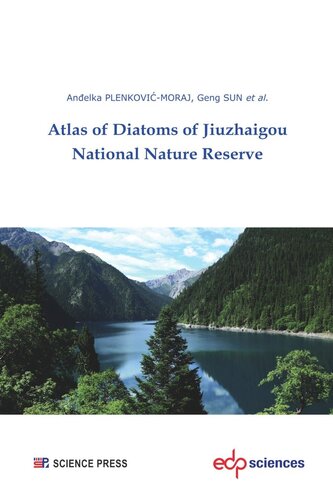

Most ebook files are in PDF format, so you can easily read them using various software such as Foxit Reader or directly on the Google Chrome browser.
Some ebook files are released by publishers in other formats such as .awz, .mobi, .epub, .fb2, etc. You may need to install specific software to read these formats on mobile/PC, such as Calibre.
Please read the tutorial at this link: https://ebookbell.com/faq
We offer FREE conversion to the popular formats you request; however, this may take some time. Therefore, right after payment, please email us, and we will try to provide the service as quickly as possible.
For some exceptional file formats or broken links (if any), please refrain from opening any disputes. Instead, email us first, and we will try to assist within a maximum of 6 hours.
EbookBell Team

5.0
108 reviewsJiuzhaigou was inscribed by UNESCO as a World Natural Heritage Site in 1992 for its lakes and waterfalls, colorful travertine landscape and unique cultural features. It belongs to Category V (protected landscape) in the IUCN system of categorizing protected areas. Diatoms, a large group of eukaryotic (with a membrane-bound nucleus) microalgae and the most common photosynthesizers (they produce their own food in the same way as plants), are the most important group for maintaining the unique travertine ecosystems in aquatic biotopes. Due to their great diversity and the expertise required for their identification, the diatoms of Jiuzhaigou have been rarely and incompletely studied.
Atlas mainly provides a comprehensive diatom collection of Jiuzhaigou National Nature Reserve in the text form for diatom identification, with accompanying microscope images and alphabetical Latin names of the species list in the appendix. At the same time, it briefly introduces the basic information about Jiuzhaigou National Nature Reserve and general facts about diatoms to readers at home and abroad.
This book can be used for reference and study by researchers and students in universities, institutes and other professional institutions, as well as by professionals engaged in lake biology and environmental protection.